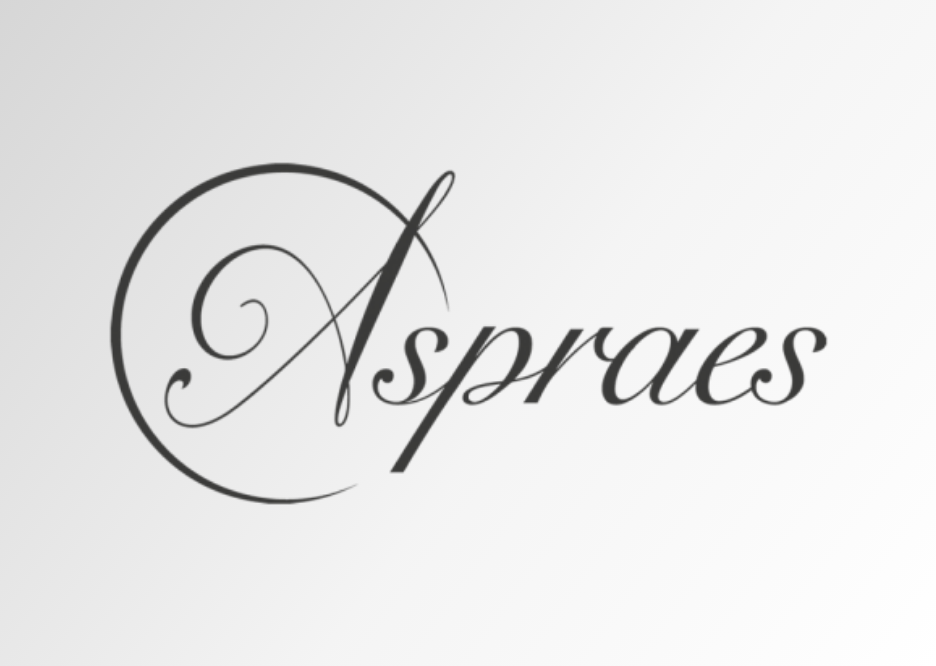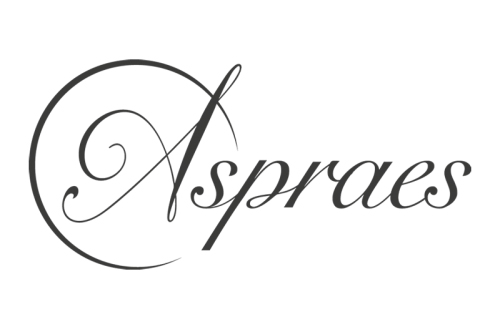Having worked with landlord businesses for many years, upcoming tenant changes and more often than not the subsequent dilapidations claims is of course a common topic of conversation. However, what is less common is tenants themselves considering their own dilapidation liability on an on-going basis as they progress through their lease term.
Where leases are landlord repairing or have a “broom clean” provision therein, accounting for dilapidations becomes somewhat of a moot point. However, for the more common fully repairing and insuring leases, consideration should be given on an on-going basis to what provision might need to be accounted for and set aside as a provision on the balance sheet. This might seem like a paper exercise and on the face of it therefore not necessarily an important point, but accounting for this correctly can avoid a scenario whereby business performance is distorted by “lumpy” one off dilapidation costs accounted for at the point of moving premises, and perhaps as importantly, might attract tax relief in the period(s) in which the provision is accounted for.
Fundamentally for the provision to be included in the accounts (under FRS102) and to attract corporation tax relief it must meet the criteria set out in the provisions and contingencies section of the standard. That is to say that it; i) arises from a past event (i.e. the signing of the lease) and creates an obligation (i.e. an obligation is created for works to be done to put right the property and therefore a liability is formed); ii) it can be reliably measured (i.e. a reasonable estimate can be established of the cost of the works); and iii) it is probable that the outflow will occur (i.e. that the landlord will enforce a claim at the end of the lease).
Where a specific improvement is made to the property, the installation of a mezzanine floor perhaps, and the landlord has not specifically agreed that it will not need to be stripped out at the end of the lease term, then a provision should be made at the same time as the leasehold improvement occurs, subject to the considerations noted above.
With inflation running at its highest level in years, it is possible that the value of any provision will need to be revisited annually and adjusted accordingly. This inflationary uplift will increase the value of the provision on the balance sheet and will be recognised as an interest payable cost in the profit and loss account.
Major capital improvements made to the property are likely to be more readily assessable in terms of costs to rectify and are certainly more clear in terms of when the provision should be included. However, the absence of these does not remove the need to consider a dilapidation provision where the lease is tenant repairing. It might be tempting therefore to account for a provision on a straight line basis over the life of the lease. This is not strictly in accordance with UK GAAP but where the provision annually and in aggregate is not material it may be a good practical solution. Technically, the provision should be accounted for in line with damage occurring to the building rather than the passage of time. Typically damage to a leased property might be modest in the first few years of a lease, as tenants look to keep a new office or other facility in a good state of repair, however, as the property starts to show signs of wear and tear then invariably this can lead to less care being taken and more damage occurring. Therefore, a provision building up over the course of the lease, but “accelerating” as the end of the lease nears, is the most likely position.
All tenants of leasehold commercial property should be encouraged to ensure that they are appropriately considering dilapidations throughout the course of their tenure of the property.
As an additional point, where a dilapidation provision is used as a negotiation tool in a lease negotiations, and the liability is waived as an incentive to sign a new lease, then the release of the provision should be accounted for as a lease incentive and accounted for over the term of the new lease, unless the client expects to invoke a break clause.
This article is from the latest issue of our Construction, Land and Property Bulletin - Spring 2022. To receive future copies of any of our newsletters directly to your inbox please visit our preference centre and register your interest.
If you have any questions about the above, or would like more information specific to your circumstances, please enter your email address below and we will get in touch:
















